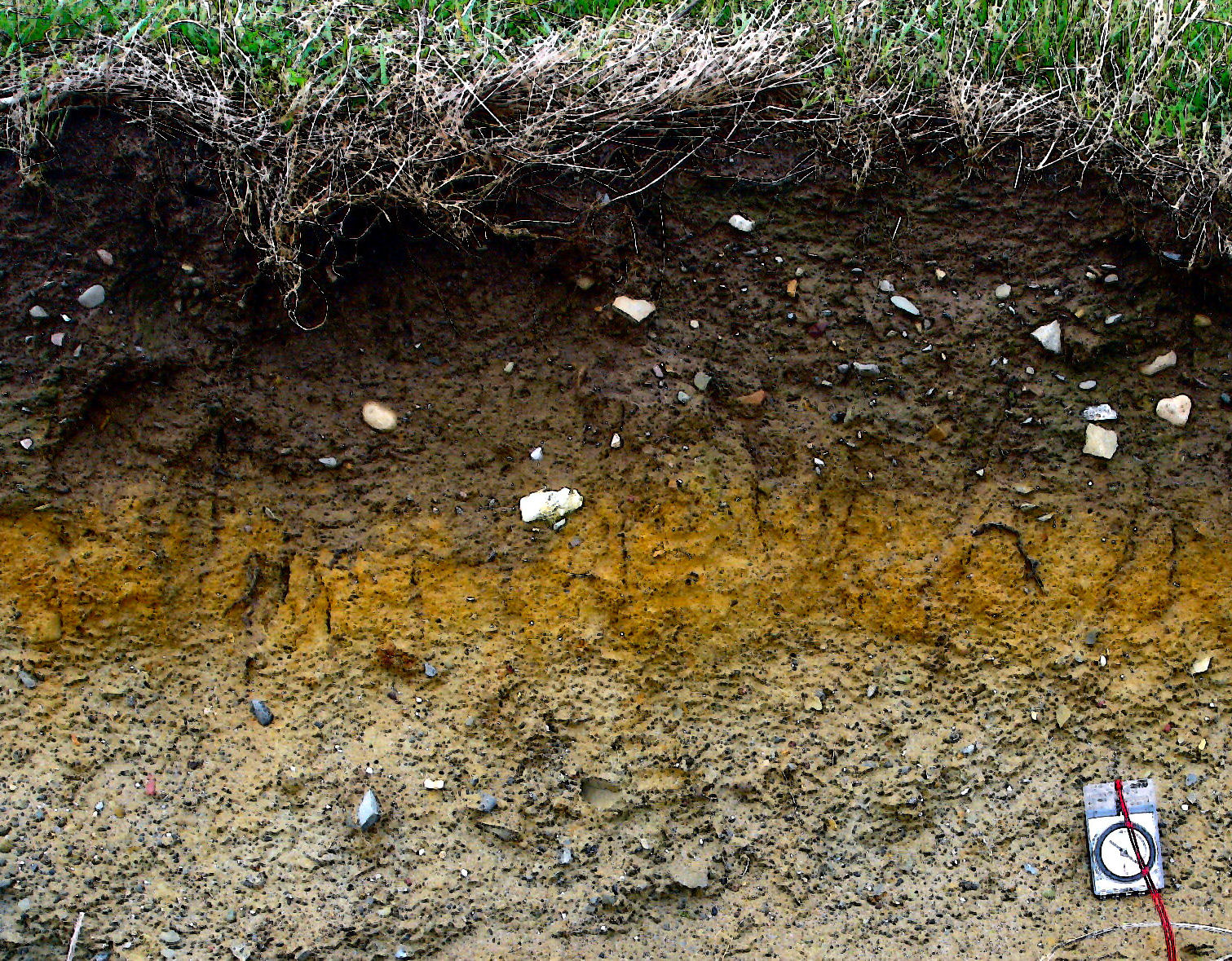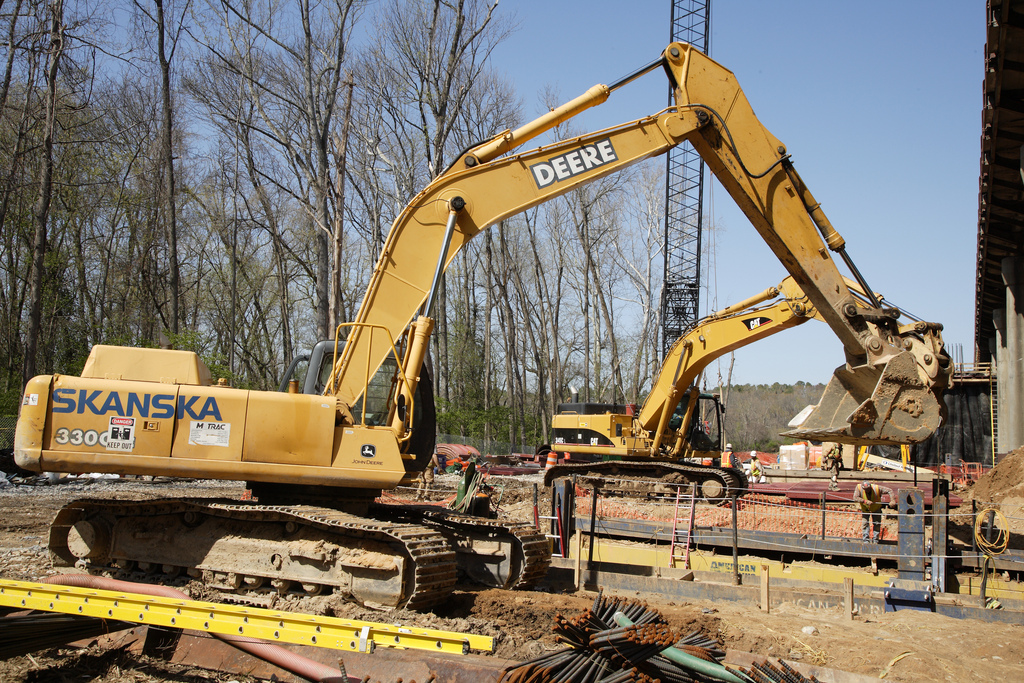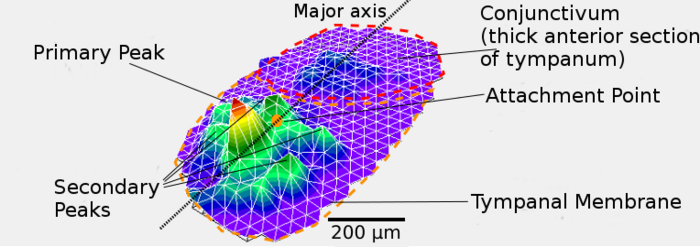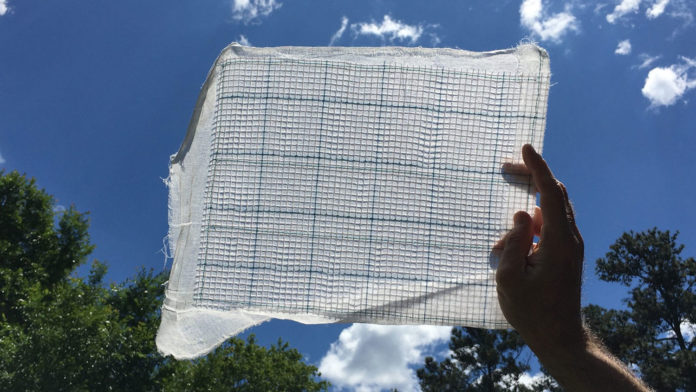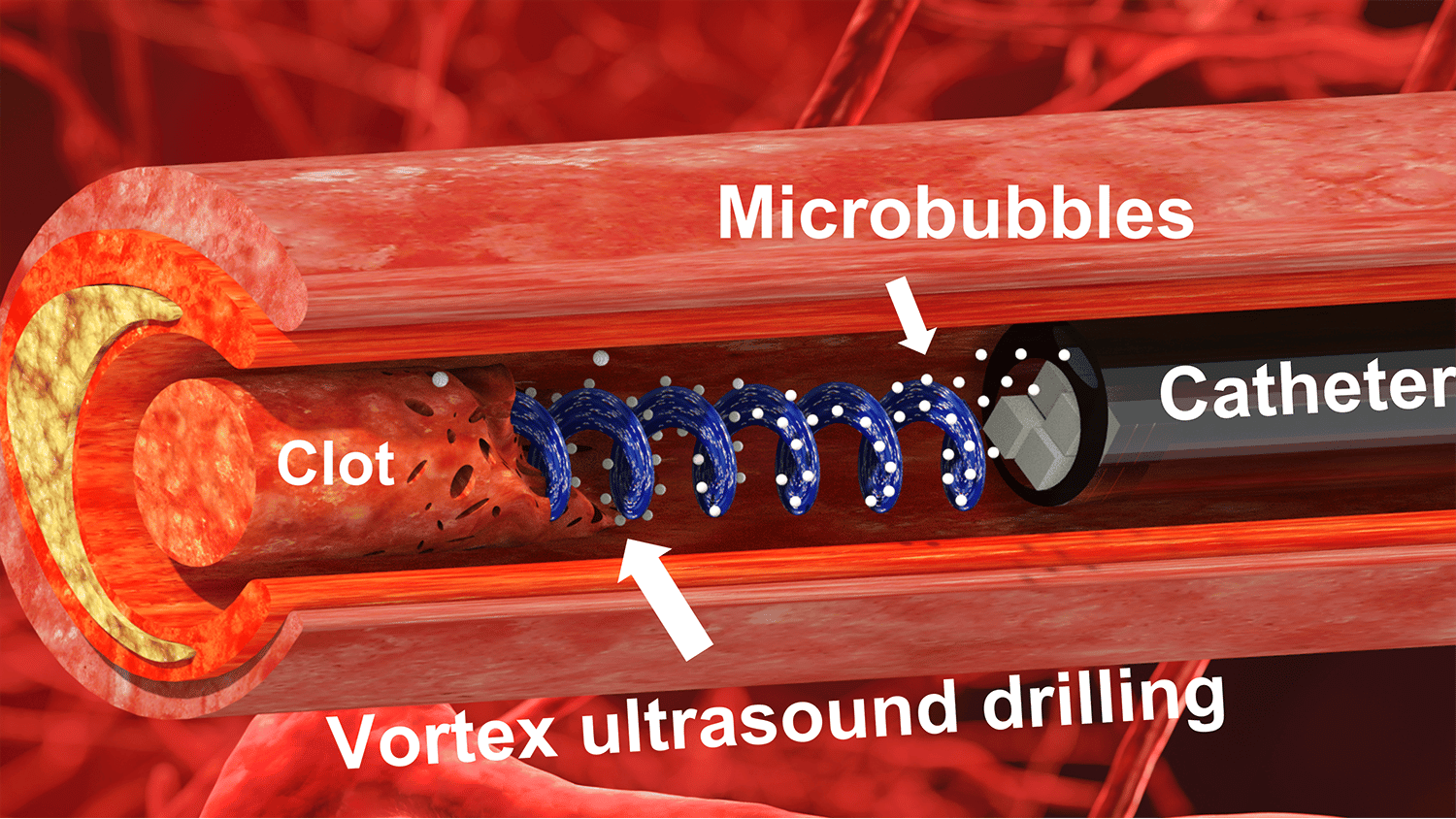In its vigilant concern for worker safety, OSHA identifies soil excavation “as one of the most hazardous construction operations.” As a defense, it recommends thorough soil analysis and use of safety shoring and trenching equipment. Finding such equipment isn’t hard, but knowing what to look for is important, too.
Mechanics of soil
There’s a great deal of physics to the mechanics of soil including its specific gravity and density. As a mixture of minerals and organic material, soil blends and layers gasses, fluids, and solids that perform in different ways under the pressures of construction.
The Internal Friction present in sand and gravel-dense dirt resists sliding. Cohesion, dominant in clay soils, measures the molecular adhesion of the properties that resist shearing.
Compressibility is an index of how pressure increases a soil’s density while Elasticity examines the propensity of the soil to re-expand after compression.
Permeability explains how the soil will handle the flow of water whereas Capillarity draws water up from the water table below.
All soils have a combination of these features and the potential for slipping, shearing, toppling, subsidence, and bulging. Excavation invites these events, and workers need protection. They need the protection from the start and not after the fact.
Minimal precautions
Among their many tasks, contractors are responsible for reviewing soil analysis and preparing approaches to handle evident risks. They need to consider the way that workers and equipment enter and leave the excavation site, provide the tools and equipment necessary, and conduct training for the workers involved in and around the dig.
Project managers are responsible for preparing for employee trips and falls within and into trenches. They have to identify hazardous materials, underground utilities, and noxious and flammable gasses as well.
They should leave no excavation without attention. Contractors have to prepare for removing water and debris from the working excavation and from near the opening. They should regularly monitor the soil conditions and post signage about the work near the location. And, they have to publish and practice an emergency response.
Absolute must
Any soil excavation requires an observer and adequate trenching systems. The observer is a worker trained to stand outside and above the excavation to warn of problems and initiate an emergency response when necessary.
“Adequate” trenching systems are specified in OSHA requirements as functions of the soil conditions and size and design of the excavation.
Recommending lightweight aluminum hydraulic shoring rentals, Brian W. Crandall, President of Icon Equipment Distributors, Inc., said, “I believe that underground construction is the most dangerous and risky work a contractor can tackle.”
As only one safety tactic, hydraulic shoring equipment is a safe and versatile precaution for linear excavations deep enough to hold workers comfortably. It’s particularly effective at maintaining vertical trench walls to prevent soil movement and collapsing on long, narrow paths.
With a hydraulic shoring system, one worker can shore up a trench as it’s being excavated and extended by others. They might use these vertical systems together with trench boxes especially at sites with limited elbow room or where there’s need to work around existing utilities.
Hydraulic vertical shoring benefits
These OSHA compliant units are put together above ground from lightweight aluminum alloy sheets that make them strong and portable.
Hydraulic cylinders exert horizontal pressure on plates, walls, or hinged, flat cylinder pads to hold back the soil. One worker can install, remove, and transport the equipment.
The cylinders are charged by specifically engineered shoring pumps using environmentally safe fluids adjusted to a range of climate temperatures.
P.E. Certified for A, B, or C-60 soils, vertical hydraulic shoring effectively ensures even load distribution. And, extensions cover a range of trench widths.
Such systems are versatile enough to work directly against the trench walls or with OSHA approved plywood or sheathing.
Why rent?
Quality equipment can mean a heavy investment in pieces that might be used only periodically. Renting quality hydraulic shoring equipment provides all the benefits of good material at a savings. What’s more, you won’t have to store it, move it, or repair it. Why not rent?
—————————————————————————————————————————-
Author’s Bio
Michael F. Carroll
Title: Writer at OutreachMama
Mike is a freelance contributor to OutreachMama and Youth Noise NJ who helps businesses find their audience online through research, content copy, and white papers. He frequently writes about management, marketing, and sales with customized outreach for digital marketing channels and outreach plans depending on the industry and competition.

